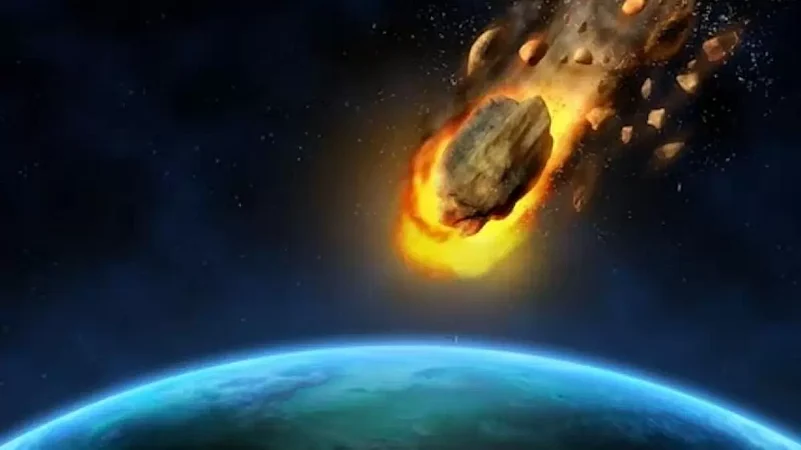NASA has been closely monitoring the trajectory of the near-Earth asteroid known as Bennu for nearly 25 years
Recent findings indicate a potential threat from this asteroid to earth in future. Bennu, which was first discovered in 1999, is considered a potentially dangerous asteroid, and there is a slim chance that it could collide with Earth by September 2182, as reported by the OSIRIS-REx science team.
Bennu follows a periodic orbit that brings it near Earth approximately every six years. It has had three close encounters with Earth in 1999, 2005, and 2011. The findings, outlined in a study published in ScienceDirect, suggest that the asteroid's path might eventually intersect with Earth's orbit, posing a potential collision risk.
According to scientists, the probability of Bennu impacting Earth by 2182 is approximately 1 in 2,700, equivalent to a 0.037% chance. While these odds may seem low, the potential consequences of such an impact underscore the importance of continued monitoring and potential mitigation efforts.
In October 2020, NASA's Origins, Spectral Interpretation, Resource Identification and Security-Regolith Explorer (OSIRIS-REx) mission achieved a historic milestone by briefly touching the surface of Bennu, collecting a sample of regolith, and then departing from the asteroid. This sample-return mission marked a significant achievement for NASA and offered insights into the composition and history of near-Earth asteroids.
Astrophysicist Hakeem Oluyesi commented on the mission's significance, stating that OSIRIS-REx has the potential to reveal crucial information about the early solar system. He noted that the collected material is considered pure and untainted, providing insights into the origins of our solar system. Scientists are hopeful that the sample may contain clues about the presence of biological or precursor molecules for life.
While the odds of Bennu impacting Earth remain low, the potential consequences of such an event necessitate ongoing monitoring and research.
In related asteroid research, scientists have previously determined that the asteroid responsible for the extinction of the dinosaurs was incredibly powerful, with an impact equivalent to 10 billion atomic bombs. The catastrophic event triggered wildfires, tsunamis, and released massive amounts of dust into the atmosphere, leading to the extinction of many species, including the dinosaurs, approximately 66 million years ago.
















